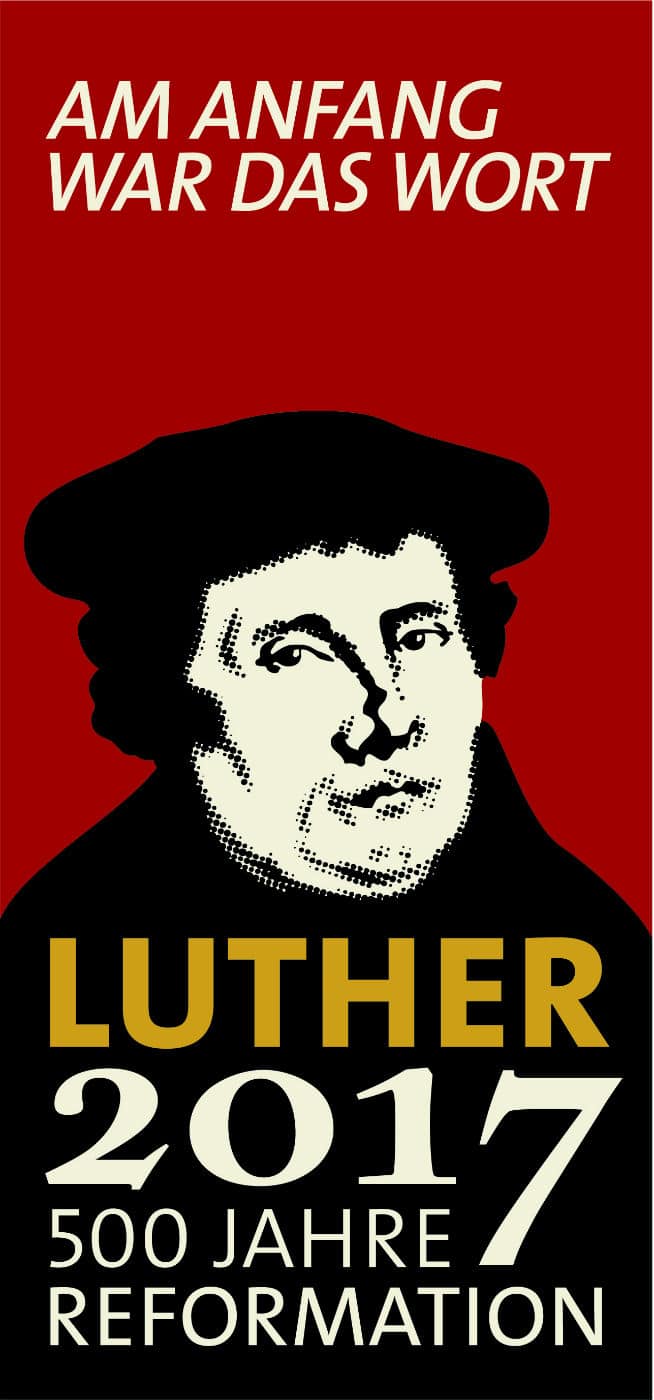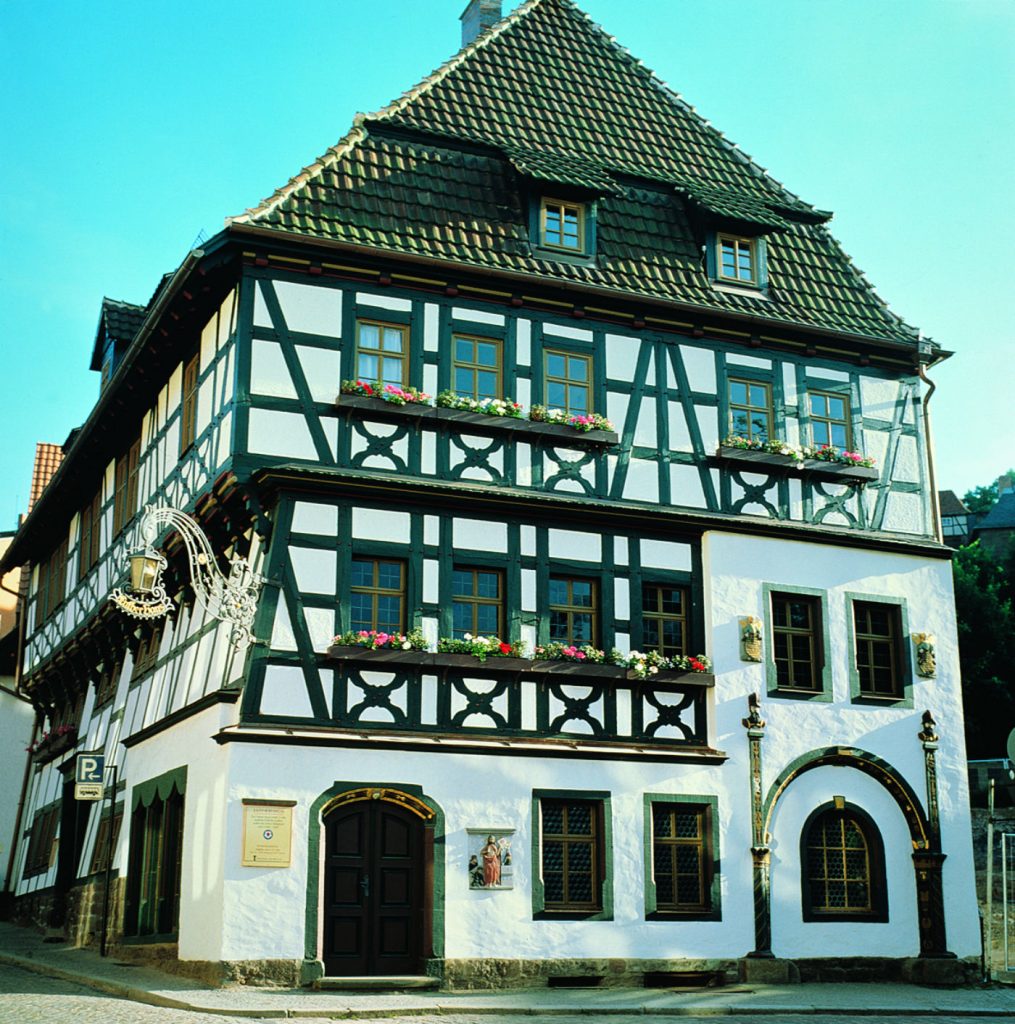
There was a time when the Catholic Church offered absolution from sins in exchange for money – the sale of indulgences. There was a man – Martin Luther, a thinker, a monk and a rebel who fought against the sale of indulgences with his weapon of choice – his words. On October 31, 1517, Luther nailed his thesis (actually theses, 95 of them) to the door of the castle church in Wittenberg. Luther’s act was the birth of the Protestant religion which started a reformation that has expanded over the last 500 years.
As the 500th anniversary of the start of the Reformation approaches in 2017 all of Germany is celebrating. And while you would expect to find historically significant sites connected to Luther in towns like Wittenberg or Eisleben, what you might not expect is the depth of his connection to the State of Thuringia.
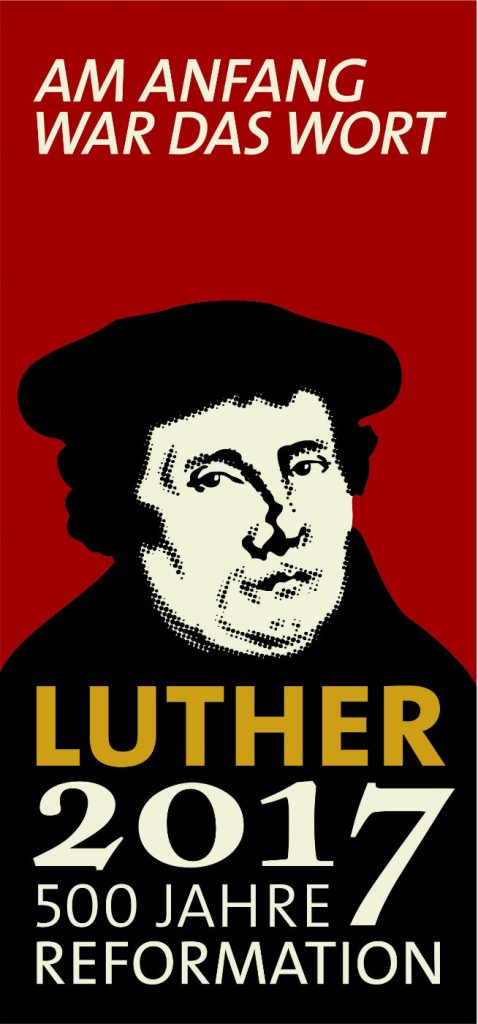
Martin Luther’s Connection to Thuringia
Home to charming medieval towns, lush forests and a wealth of historical artifacts, the state of Thuringia is the heart of Germany. It was also the heart of Martin Luther’s journey. It was in Thuringia after a frightening encounter with a storm outside the gates of Erfurt that Luther vowed to become a monk. He studied in Erfurt and lived in the 13th century Augustinian monastery. The “Bible-Monastery-Luther” exhibition on permanent display in the former monastic dormitory there houses artifacts from Luther’s Erfurt years. Its historical library is one of Germany’s most important collections of ecclesiastical literature.
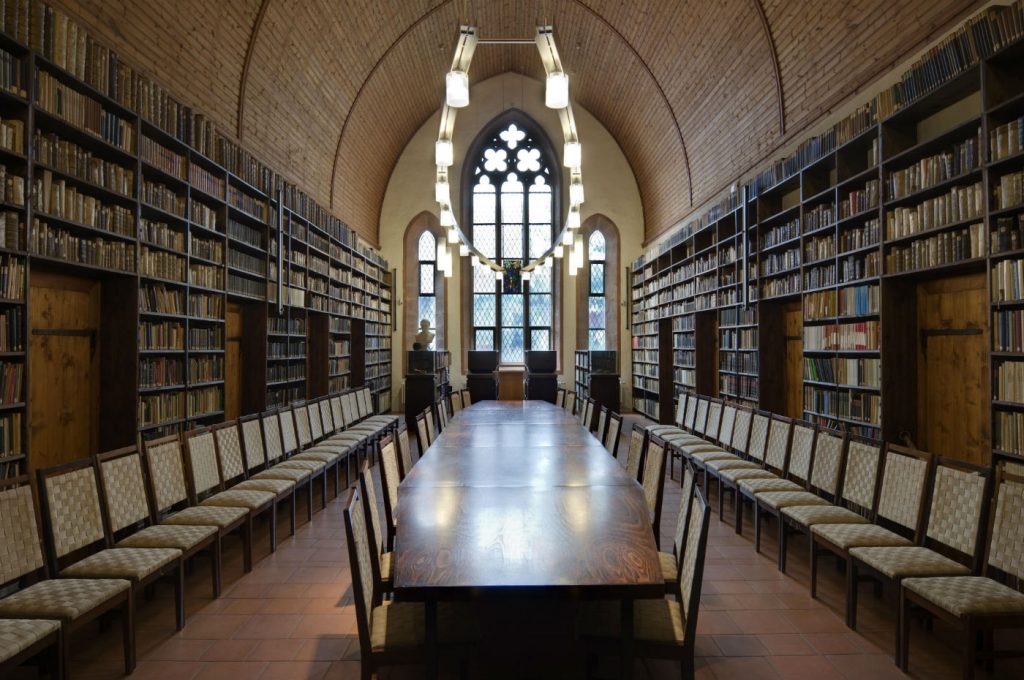
In the Thuringian town of Eisenach, Luther sought refuge in the expansive courtyard and behind the towering walls of Wartburg Castle at the northern edge of the Thuringia forest after being banned from the Catholic Church by the Pope. There he began and fulfilled his greatest achievement – the translation of the New Testament from Greek into German. Eisenach is also home to the Luther House which houses exhibits of this formative period of his life.
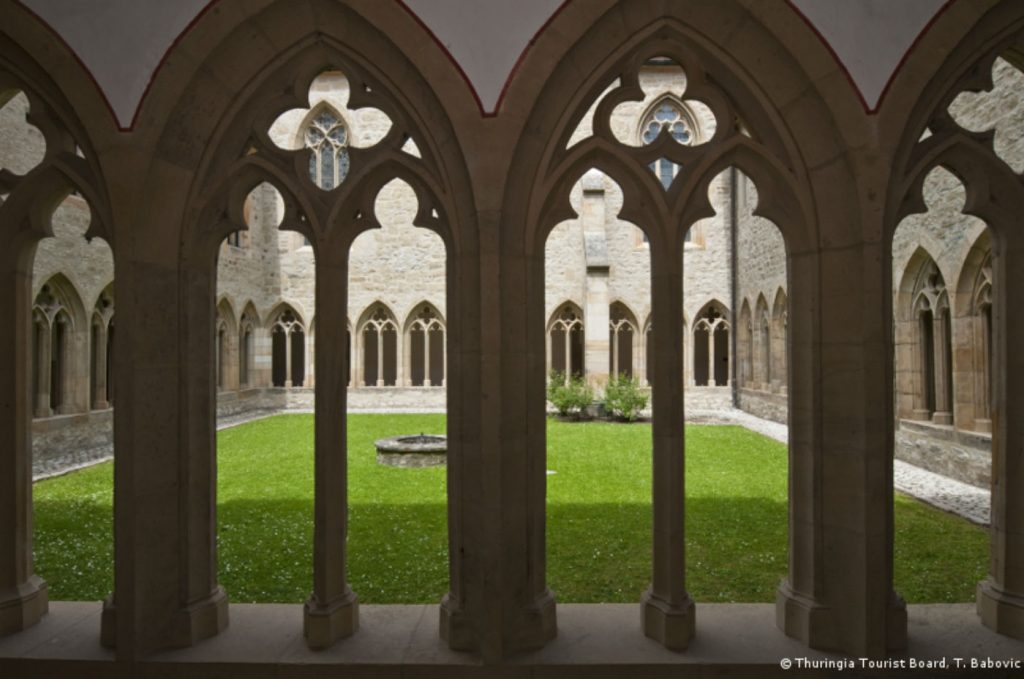
In the romantic medieval town of Schmalkalden, Luther led meetings in the Town Hall of the Schmalkaldic League – an association of 16 Protestant princes sworn to defend one another against Catholic opposition. These resulted in far reaching changes that are still relevant to church practices today.
Luther also traveled throughout the State of Thuringia to towns like Gotha, Weimar and Jena preaching and working with the locals.
Key Events in the Celebration of the 500th Anniversary of the Reformation
So, as all of Germany celebrates the 500 year anniversary of the Reformation, Thuringia will be celebrating too. Erfurt, Eisenach and Schmalkalden, the three major towns associated with Luther in Thuringia, are planning numerous events including exhibitions, concerts, art concepts, lectures, conferences, cantata services and pilgrimages along the Luther Trail.
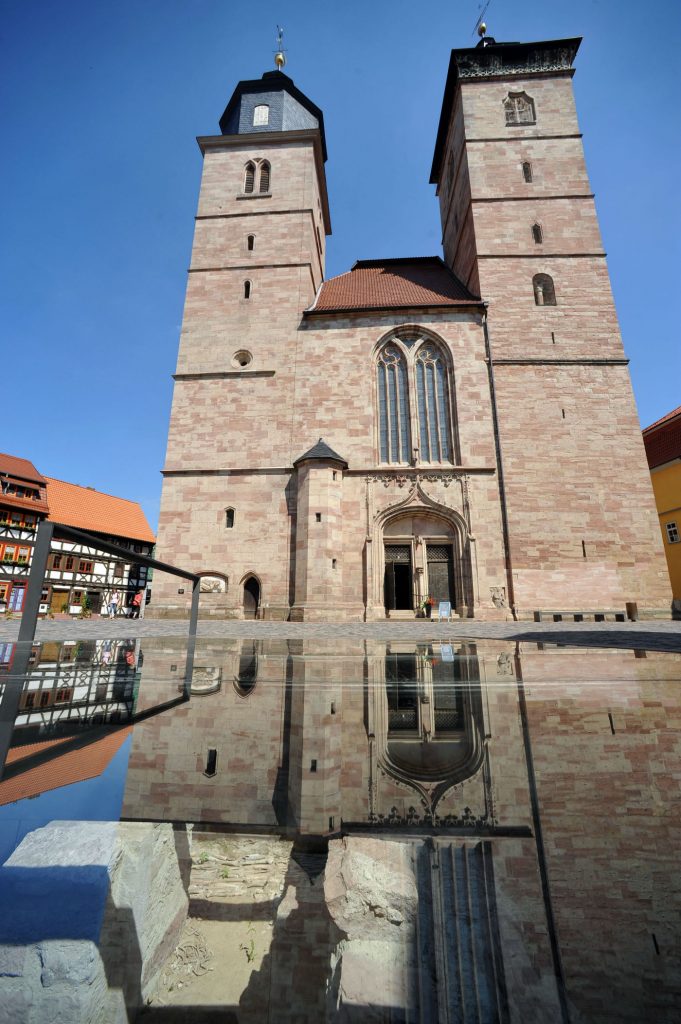
Key events being held include the National Exhibition: Luther and the Germans (in Wartburg), The Ernestines: A Dynasty Shapes Europe (in Gotha and Weimar), and the church event, Kirchentag on the Way (in Erfurt, Weimar and Jena). Here’s a closer look at these:
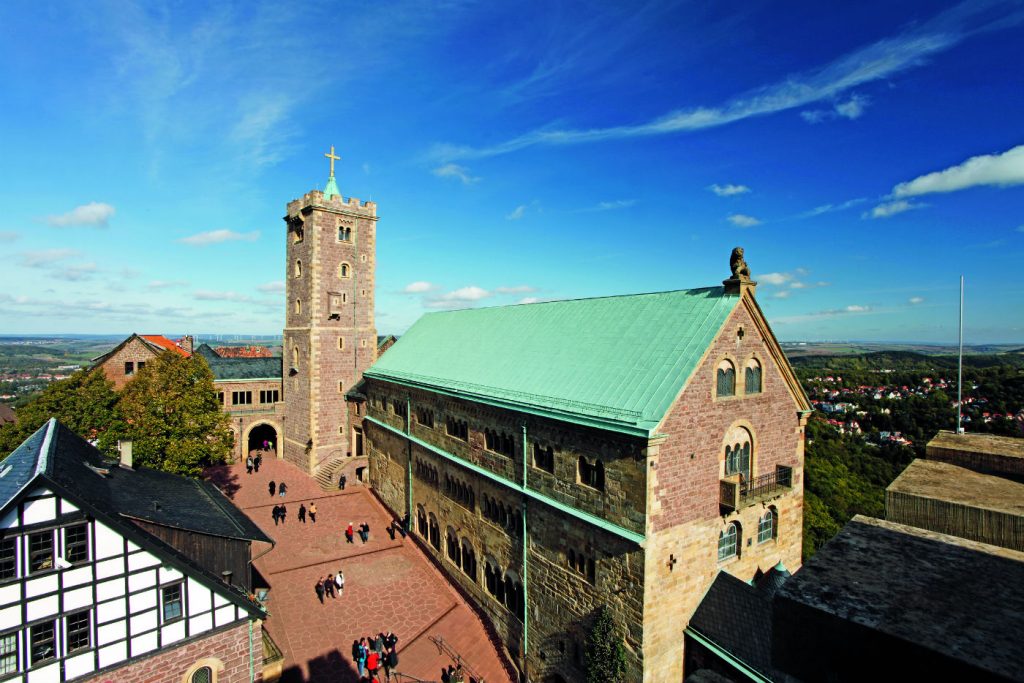
Luther and the Germans
This national exhibition in 2017 at the Wartburg Castle in Eisenach will describe the social situation in the Holy Roman Empire at the beginning of the 16th century and the significance of the Wartburg Castle for the Germans and for Martin Luther. The exhibition will be comprised of seven sections: Freedom and Obedience; Bible translation and the German language; Marriage and family; Parsonage, upbringing and education; Faith and fortitude; Enemies; and Empire and nation. Each section will explore the effects of the Reformation to the present day. At the end of the tour, visitors can see Luther’s authentic living quarters associated with the Bible translation from Greek to German.
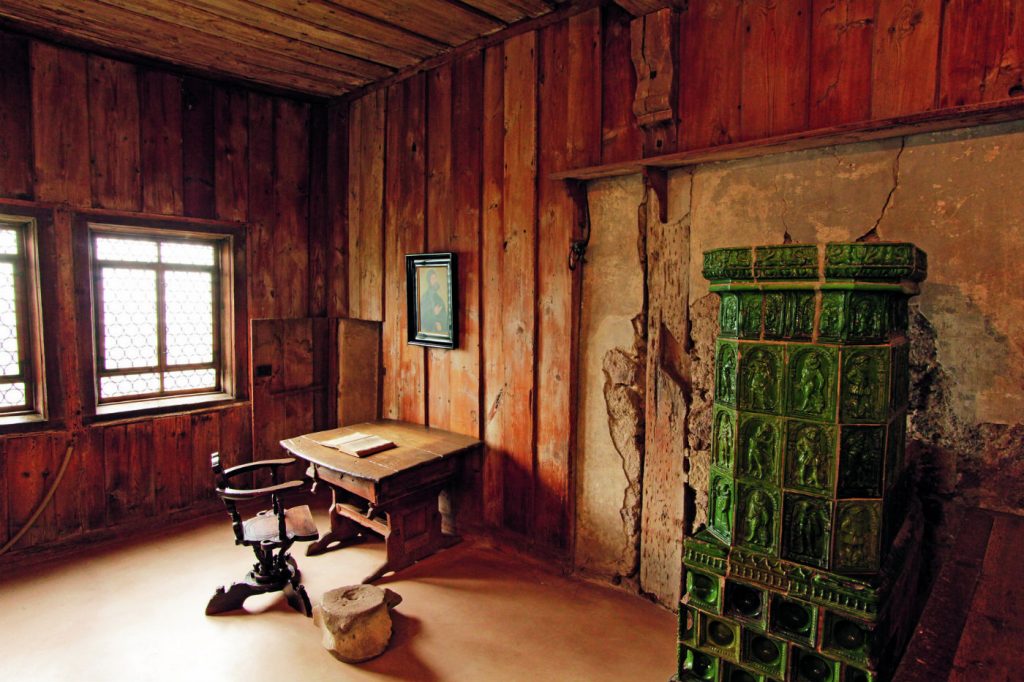
The Ernestines: A Dynasty Shapes Europe
Martin Luther began the Reformation and the Ernestines continued it for centuries between the Reformation and the Revolutions of 1848 throughout Europe. This Thuringian State exhibition held in Weimar and Gotha through August 2016 presents the Ernestines as the Protestant dynasty that shaped the fortunes of Thuringia. The exhibition vividly portrays political, courtly and cultural life through renowned works of art and installations from over 400 years of Thuringian and European history from the Middle Ages to the Baroque.
Kirchentag on the Way
In 1505 outside the gates of Erfurt, law student Martin Luther experienced such a terrifying lightning storm that he vowed to become a monk. That was the beginning of a journey that changed the world of religion. The lightning bolt that showed the way is the symbol of the Erfurt Kirchentag.
In May 2017, the Kirchentag in Erfurt will offer opportunities to experience historical locales, discuss issues of the Reformation in modern day context, and participate in colorful celebrations. There are plans for a classic-distance Luther Run through the historical Old Town, along the old Königsstraße and past the Luther Stone at Stotternheim.
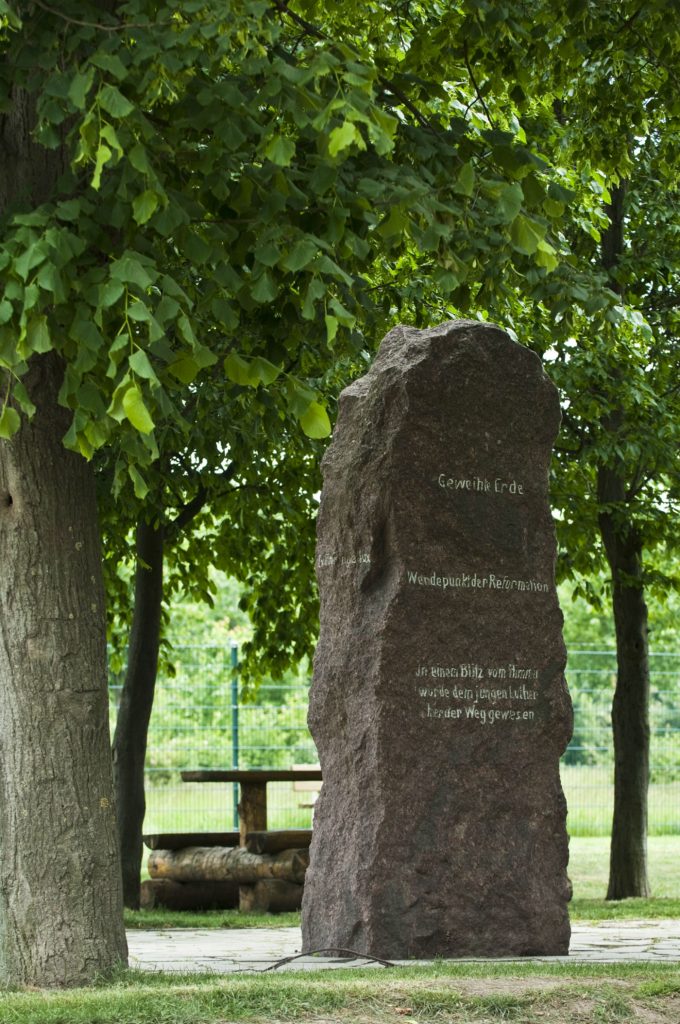
On May 25, 2017, the Kirchentag will begin in Weimar with an ecumenical Ascension Day service. The program will include Bible works, podium discussions and lectures, as well as musical and theatrical presentations by local church actors leading up to the final celebration in the nearby university town of Jena. Discussions of the present and future of religion will be a focus of the program in Jena. Family oriented activities will be scheduled in the town center parks.
As you travel along the Luther Trail, your experience will be enhanced by the special events of Thuringia in the heart of Germany – a place forever in the heart of Martin Luther.
[alert type = blue]
[/alert]

